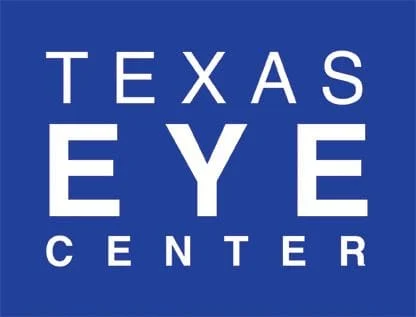Eye movement refers to the voluntary and involuntary movements of the eyes that assist with obtaining, fixating and following visual stimuli. The eyes are each connected to a system of six muscles. Light is sensed by the retina, which is a type of tissue that contains cells known as photoreceptors. These
Read moreCall Us Today
Call Us Today
Basic Visual Skills

In order to function properly, the eyes must be able to focus, coordinate, move and assess their surroundings. These are basic visual skills. However, some people have difficulty with one or more, leading to visual complications. Some signs you or your loved ones have a basic visual dysfunction may include difficulty reading or with reading comprehension, headaches, eye pain and/or fatigue, double vision, poor performance of tasks, difficulty with rhythm, challenges with learning left and right, and reversing numbers or letters when copying or writing. The following articles go into more details on the attributes and impact of each basic visual skill.
-
Eye MovementCategory: How the Eyes Work, Basic Visual Skills
-
Eye FocusingCategory: How the Eyes Work, Basic Visual Skills
The eyes have a focusing system called accommodation; it allows for visual clarity. The system is rested when you look at an object that is far away and is not forced to strain like it would if the target were close. In normal circumstances, the eyes are able to effortlessly transition between objects
Read more -
Eye CoordinationCategory: How the Eyes Work, Basic Visual Skills
Each eye picks up a slightly different image, but through a process called fusion, the brain blends the images together to make one three-dimensional picture. Good eye coordination is needed, however, and allows the eyes to sustain proper alignment so that they can focus on practically the same image,
Read more -
Eye PerceptionCategory: How the Eyes Work, Basic Visual Skills
Visual perception refers to a set of skills used to collect and interpret visual information taken in from our environment. The visual information gathered is combined with our other senses, allowing us to derive meaning from what we see. Through the process of merging visual data with our other senses,
Read more
Location
Texas Eye Center
11660 Westheimer Rd. Ste. 125
Houston, TX 77077, US
Location and Hours
11660 Westheimer Rd. Ste. 125 Houston, TX 77077, US
Monday
10:00 am - 6:00 pm
Tuesday
10:00 am - 6:00 pm
Wednesday
11:00 am - 7:00 pm
Thursday
10:00 am - 6:00 pm
Friday
10:00 am - 6:00 pm
Saturday
Select Saturdays By Appointment Only
Sunday
Closed
